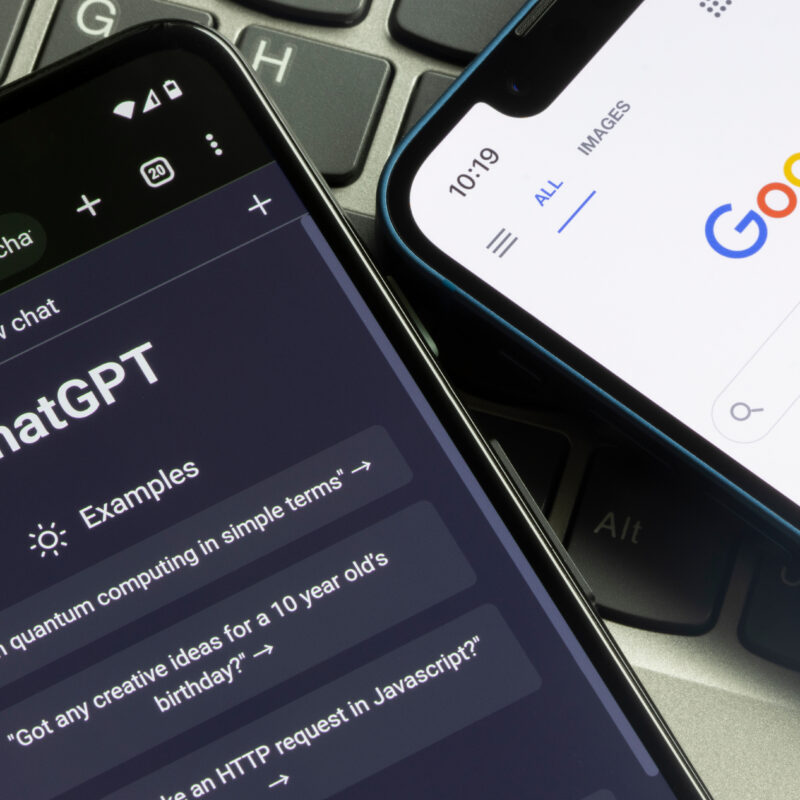For small and mid-size businesses, our AI-driven SEO strategies help you increase traffic from AI engines and build your brands profile and reach in AI search experiences. Optimizing for AI Search Results (AISO): Our AISO optimize your information architecture and copy for natural‑language understanding, implement precise schema across templates, and engineer semantic internal links. AI Content & Writing Optimization: LLMs create content in seconds, but unedited output is a liability for branding, UX, and SEO E‑E‑A‑T value. Raw AI copy often lacks human sounding content, citations, and conversion logic. Our editors and AI SEO content strategists apply strict QA, layer in authoritative research, and harmonize tone. Optimizing for AI Chat (e.g., ChatGPT): Generative engines reward authoritative, well‑structured, context‑rich content. If you don’t design for AI chat, you won’t be cited or recommended. Our GEO strategies build topical depth, embeds answer‑ready formats, and add differentiated, up‑to‑date perspectives. AI Search Optimization (AISO) Services
Traditional SEO alone can’t keep pace with Google’s Search Generative Experience (SGE), Bing AI, or conversational engines like ChatGPT. Our SEO agency combine modern SEO thought-leadership with SEI AI datapoints to expand your organic reach across AI engines.

AISO (AI Search Optimization) – Optimizing for AI Search Results
Align your content with AI algorithms like Google’s SGE to boost search visibility.